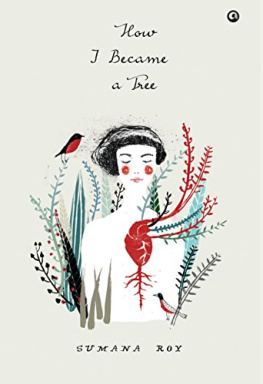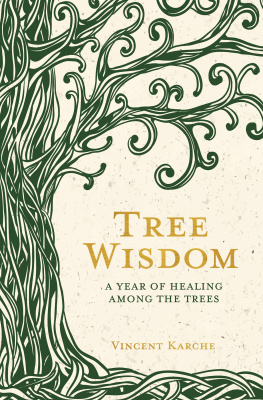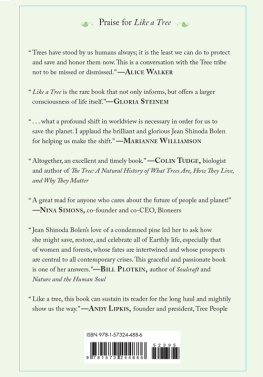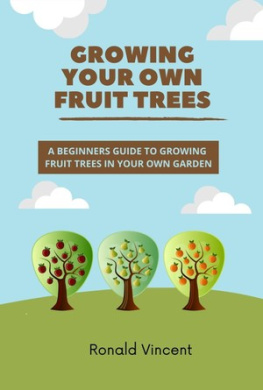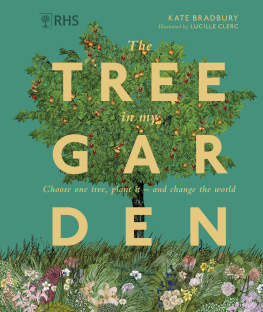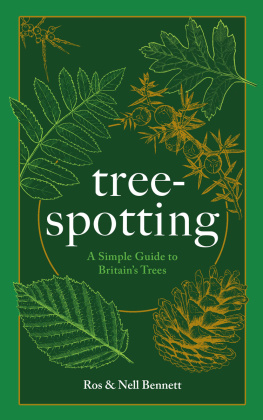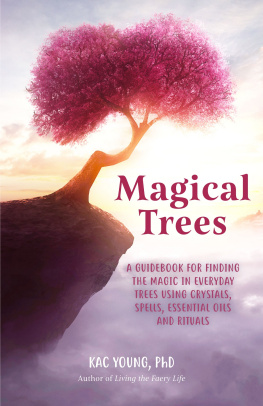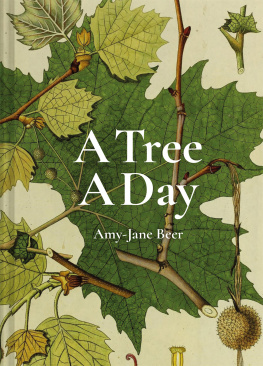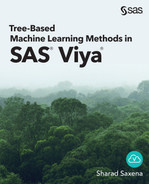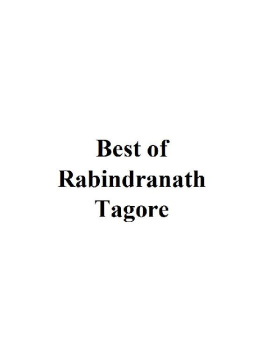


ALEPH BOOK COMPANY
An independent publishing firm
promoted by Rupa Publications India
First published in India in 2017
by Aleph Book Company
7/16 Ansari Road, Daryaganj
New Delhi 110 002
Copyright Sumana Roy 2017
Illustrations copyright Nikhil Das 2017
The author has asserted her moral rights.
All rights reserved.
The views and opinions expressed in this book are the authors own and the facts are as reported by her, which have been verified to the extent possible, and the publishers are not in any way liable for the same.
No part of this publication may be reproduced, transmitted, or stored in a retrieval system, in any form or by any means, without permission in writing from Aleph Book Company.
ISBN: 978-93-82277-44-6
1 3 5 7 9 10 8 6 4 2
For sale in the Indian subcontinent only.
This book is sold subject to the condition that it shall not, by way of trade or otherwise, be lent, resold, hired out, or otherwise circulated without the publishers prior consent in any form of binding or cover other than that in which it is published.
Not that I want to be a god or a hero.
Just to change into a tree, grow for ages, not hurt anyone.
Czesaw Miosz
CONTENTS
Part I
A Tree Grew inside My Head
Octavio Paz, A Tree Within

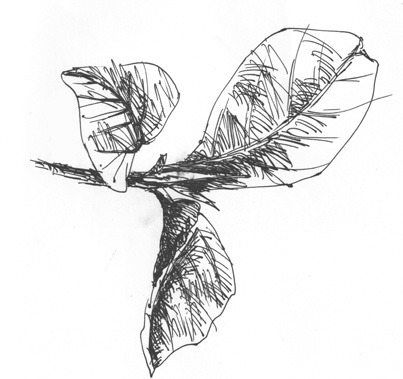
TREE TIME
At first it was the underwear. I wanted to become a tree because trees did not wear bras.
Then it had to do with the spectre of violence. I loved the way in which trees coped with dark and lonely places while sunlessness decided curfew hours for me. I liked too how trees thrived on things that were still freely availablewater, air and sunlight; and no mortgage in spite of their lifelong occupation of land.
My amorphous fancies about trees began to coalesce when I entered middle age and began to weigh the benefits of a freelancers life against that of a salaried professional. An epiphany wrapped me like a tendrilwere trees freelancers or salaried employees? A tree was a daily wage labourer, its life of work bound to the cycle of sunlight. Holidays, vacations, weekends, the salaried life, pension, loansall of these were recent inventions, nothing more than consolations offered to employees like myself.
So, when I look back at the reasons for my disaffection with being human, and my desire to become a tree, I can see that at root lay the feeling that I was being bulldozed by time. As I removed my watch from my wrist, and clocks from my walls, I realized that all my flawsand this I now discover I share with many otherscame from my failure to be a good slave to time. I began envying the tree, its disobedience to human time. All around me were estate developers sending their fleets of workers to construct skyscrapers to tight schedules. The trees they planted in the gated communities annoyed themthey would grow at their natural pace. It was impossible to rush plants, to tell a tree to hurry up. In envy, in admiration and with ambition, I began to call that pace Tree Time. (Was it this that Salvador Dal wanted to invoke when he placed so many of his melting clocks on trees in his paintings?)
I was tired of speed. I wanted to live to tree time. This I felt most excruciatingly during examination hall invigilation, while keeping guard over the exhausted faces of my students, their having to condense a year into a few hours, the learning acquired at different times of the day and in different places cramped into a few hours of writing time. That was how one passed examinations, got degrees and jobs, measured success. A tree did not stay up all night to become a successful examinee the next morning. Plant life, in spite of its various genres of seasonal flowers and fruits, did notcould notdo that. One cant tinker with the timing of a yawn, one cannot play with tree time.
I began by abandoning newspapers, news television and news suppliers. These capsules of heightened and condensed time had come to divide our attention, splintered our life into bullets. Plants were not newsmakers because they could not cause coups or wars. Plants were not news consumers because their world remained unaffected by changes in governments and results of cricket matches. Apart from the weathernot its forecast, mind you, that comedy show on televisionthe plant world was indifferent to every occurrence, man-made or natural, outside the locality of its amphitheatre. The days work anaesthetized me, left me incompetent to deal with humans, their order and orders. Talk, the incessant word-by-word relay of the goings-on, always and inevitably of humans, on the earth, in the air, under water, generated a claustrophobia in me that is difficult to explainI am daughter to a man who is a news junkie, who watches the same piece of news on the state-sponsored Doordarshan channel in Bangla, Hindi and then Urdu. I found myself in a world where being a repository of newsas telegramsturned one into a sort of activist. And all the news that mattered was, of course, almost exclusively, bad news. This timbre of nervous energy that had turned the world into an apocalypse movie was the resident spirit of the newsroomwe were all doomed, all moving towards a terrifying end, we were all a part of the news. The newspaper was the new holy book and the news reader the new priest. The unnatural rhythm of news, the panting pace at which it now moved, caused me breathlessness. I wanted to move out, out of this news as neighbourhood. And so my attraction to the tree and its complete indifference to the hypnosis of news.
Once upon a time, I was certain, men and trees moved to the same rhythm, lived their lives to the same time. To gain an understanding of this concept that, of course, existed only in my imagination, I began planting saplings to mark births and beginnings. When my nephew was born five years ago, for instance, I planted a neem tree in our backyard. The little boy stands at three feet or so. The neem tree is taller than my husband who is six feet tall. But before this was the tree that is as old as my marriage. I did not plant it. The municipal corporation did, as part of its city greening project. It was just a happy happenstance, then, that the gulmohar tree with its yellow flowers came to be planted a few days before my wedding, and that too, just opposite the room from where my married life would begin. It is now taller than our three-storeyed house, and it allows me to imagine an alternative version of my marriage as a tree, a life I might have lived had I allowed myself to live to tree time.

Allied to human notions of time is an overwhelming ageism. People have often told meI refrain from using the word compliment because I cannot think of youthful looks as praisethat I looked young for my age. I found the words offensive and discriminatory: wasnt every division of ageold, middle, the many varieties that came as prefix and critiquebeautiful? One morning, when I received such a compliment, I couldnt help wondering how a tree might have reacted. If I was a forty-year-old tree, would I not have felt insulted to be considered twenty on the basis of my appearance? Age, I was certain, was important to trees. The wrinkles on our face and neck, the accumulation of folds around hips and thighs had, civilizationally, become embarrassing to humans. The age of trees was to be found in similar lines, in circles denoting lived years, in the girth of time that gave aged trees a kind of sober dignity. By looking at trees one could see that time was an obese creature. And that history, whether it was reflected in lines or folds, loose bark or skin, new colours or pigmentation, was a beautiful thing. Our lives in the industrial age, lived bizarrely as an approximation of machines, had made us think of age as uglyin the way machines rusted, wasted, and gradually became ugly before they fell apart.
Next page
